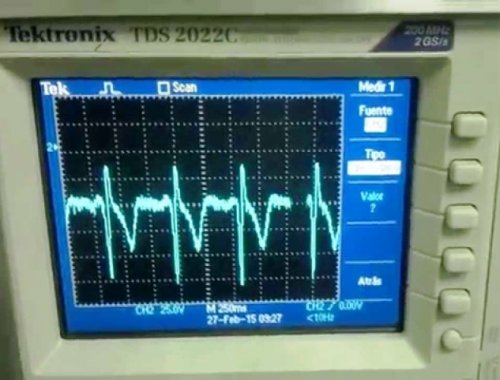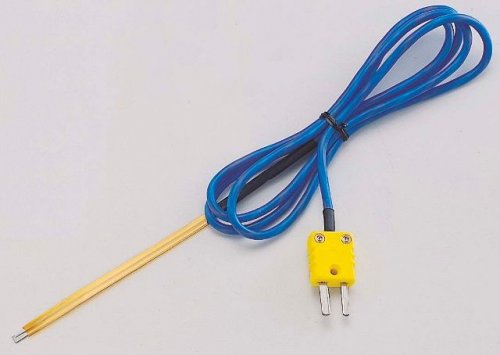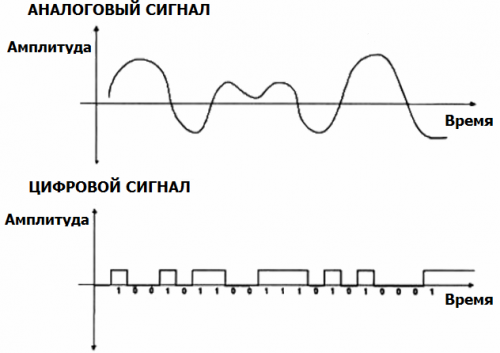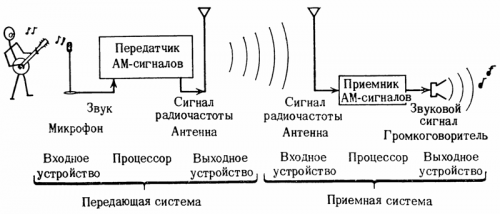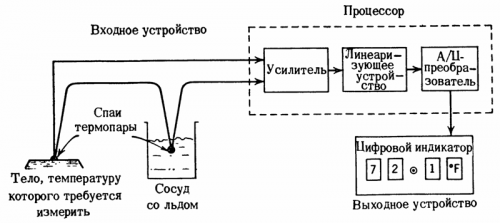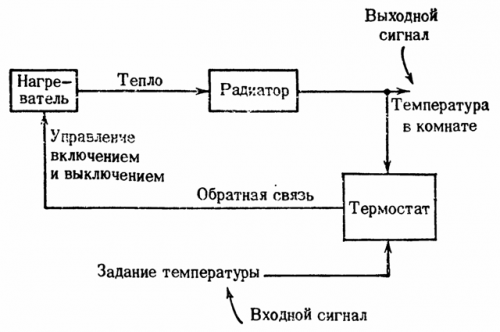How signal processing works
What is a signal?
A signal is any physical variable whose value or its change over time contains information. This information can relate to speech and music, or to physical quantities such as air temperature or room light. The physical variables that can carry information in electrical systems are voltage and current.
In this article, by "signals" we mean primarily voltage or current. However, most of the concepts discussed here remain valid for systems in which other variables can be information carriers. Thus, the behavior of a mechanical system (variables—force and velocity) or a hydraulic system (variables—pressure and flow) can often be represented by an equivalent electrical system, or as it is said, simulated. Therefore, understanding the behavior of electrical systems provides a basis for understanding a much wider range of phenomena.
Analog and digital signals
A signal can carry information in two forms. Analog signal carries information in the form of a continuous change in time of voltage or current. An example of an analog signal is the voltage generated by at the thermocouple junctionat different temperatures. When the temperature difference between the junctions changes, the voltage across the thermocouples changes. Thus, the voltage gives an analog representation of the temperature difference.
Thermocouple — a compound of two dissimilar metals, such as copper and constantan. The voltage generated by the two junctions is used to measure the temperature difference between them.
It's another kind of signal digital signal… It can take values in two separate fields. Such signals are used to represent on/off or yes-no information.
For example, a home thermostat generates a digital signal to control a heater. When the room temperature drops below a preset value, the thermostat switch closes the contacts and turns on the heater. Once the room temperature is high enough, the switch turns off the heater. The current through the switch gives a digital representation of the change in temperature: on is too cold and off is too warm.
Rice. 1. Analog and digital signals
Signal processing system
A signal processing system is a set of interconnected components and devices that can accept an input signal (or group of input signals), act on the signals in a specific way to extract information or improve its quality, and present information at the output in the appropriate form and at the appropriate time.
Many electrical signals in physical systems are generated by devices called sensors… We have already described an example of an analog sensor — a thermocouple. It converts the temperature difference (a physical variable) into a voltage (an electrical variable). Generally sensor — a device that converts a physical or mechanical quantity into an equivalent voltage or current signal. However, unlike a thermocouple, most sensors require some form of electrical excitation to operate.
The selection of signals at the output of the system can be done in various forms, depending on how the information contained in the input signals will be used. Information can be displayed either in analog form (using, for example, a device in which the position of the arrow indicates the value of the variable of interest) or in digital form (using a system of digital elements on the display that shows a number corresponding to the value of the interest to us).
Other possibilities are to convert the output signals to sound energy (loudspeaker), use them as input signals for another system, or use them for control. Let's look at some examples to illustrate some of these cases.
Communication system
Consider a communication system whose input signals may be speech, music, or some kind of data that is produced in one location and transmitted reliably over long distances to accurately recover the original input signal there.
As an example, FIG. 2 is a schematic diagram of a conventional amplitude modulation (AM) broadcast system.In AM modulation, the amplitude (peak-to-peak) of the radio frequency signal changes in accordance with the magnitude of the low-frequency signal (the audio signal corresponding to sound frequencies).
Rice. 2. Broadcast communication system with amplitude modulation
The transmitter of an AM radio broadcasting system picks up the input signal from an input device (microphone), uses this signal to control the amplitude of the radio frequency signal (each radio station has its own specific radio frequency), and the radio frequency current drives the output device (antenna) which produces electromagnetic waves that are emitted into space.
The receiving system consists of an input device (antenna), a processor (receiver) and an output device (loudspeaker). The receiver amplifies (makes stronger) the relatively weak signal received from the antenna, selects the signal of the desired radio frequency from the signals of all other transmitters, reconstructs the audio signal based on the change in the amplitude of the radio frequency signal, and excites the speaker with this audio signal.
Measurement system
The task of the measurement system is to receive information from the relevant sensors about the behavior of a certain physical system and register this information. An example of such a system is a digital thermometer (Fig. 3).
Rice. 3. Functional diagram of a digital thermometer
Two thermocouple connections—one in thermal contact with the body whose temperature is to be measured, the other immersed in a container of ice (to obtain a stable reference point)—generate a voltage that depends on the temperature difference between the body and the ice. This voltage is fed into the processor.
Since the thermocouple voltage is not exactly proportional to the temperature difference, a small correction is needed to obtain strict proportionality. Correction in progress linearizing device… The analog voltage from the thermocouple is first amplified (ie makes more), then linearized and digitized. Finally, it appears in the digital display register used as the output device of the thermometer.
If the main task of the communication system is to transmit a correct copy of the source signal, then the main task of the measurement system is to obtain numerically correct data. Therefore, it should be expected that the detection and elimination of even small errors that can distort the signal at any stage of its processing will be of particular importance for measurement systems.
Feedback control system
Consider now a feedback control system in which information at the output changes the signals that control the system.
Fig.4 shows a diagram of a thermostat used to maintain room temperature. The system contains an input device for determining the room temperature (usually this bimetallic stripwhich flexes when the temperature changes), a mechanism for setting the desired temperature (main dial) and mechanical switches actuated by a bimetallic relay and controlling the heater.
Rice. 4. Example of a closed-loop control system
Using this simple system as an example, which actually contains no electrical elements other than a switch, consider feedback concept… Suppose that the feedback line in Fig.3 is broken, that is, there are no mechanisms for turning the heater on and off. Then the temperature in the room will either rise to a certain maximum (corresponding to the constant inclusion of the heater) or fall to a certain minimum (corresponding to the fact that the heater is off all the time).
Suppose it is too hot at the maximum temperature and too cold at the minimum temperature. In this case some «control device» must be provided to switch the heater on and off.
Such a «control device» could be a person who turns the heater on when it gets cold and turns it off when it gets hot. Already at this level, the system (along with the face) is a closed-loop control system, since information about the output signal (room temperature) is used to change the control signals (turning the heater on and off).
The thermostat automatically does what a human would do, which is to turn the heater on when the temperature drops below the set point and turn it off otherwise. There are many other feedback systems, including those in which signal processing is performed use of electronic devices.

